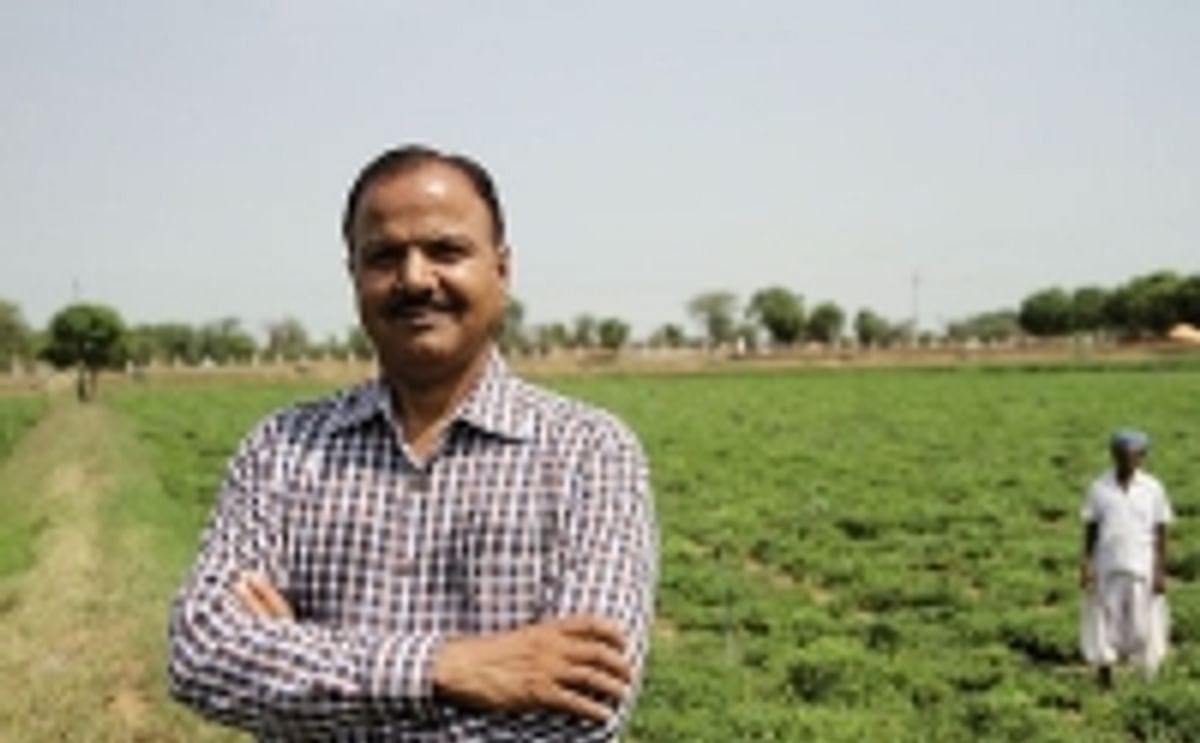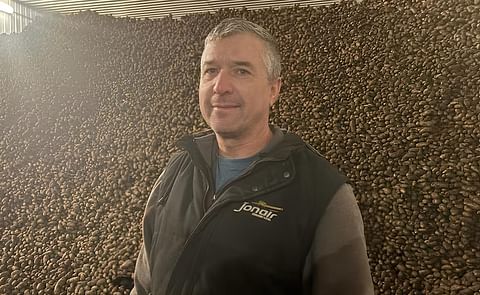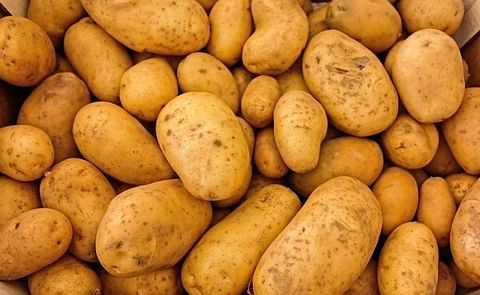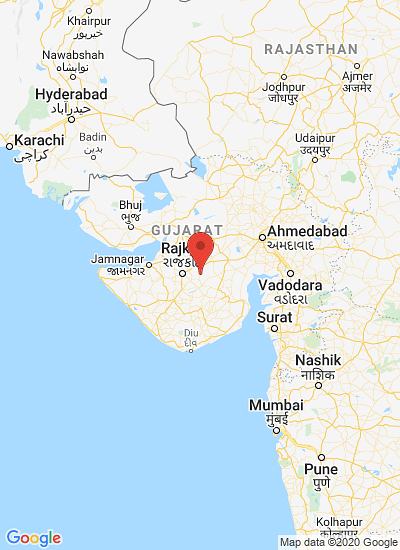Contrary to NGO stories of exploited farmers and middlemen running riot, Gujarat’s potato farmers have scripted an entrepreneurial success story by teaming up with multinationals and other buyers of their produce.
The Banaskantha District (Gujarat, India) has known potato farming from the days of the British Raj, but it is Canada’s McCain Foods, the family-owned global supplier to McDonald’s, and a seller of own-brand wedges, fries and tikkies, that has taught farmers here to grow them scientifically. McCain followed McDonald’s to India in 1998. It worked on potatoes in Punjab, Haryana and Uttar Pradesh but found the cold weather inhibiting weight gain and adding sugar (which caramelises and turns fries dirty brown). West Bengal, like Gujarat, has the ideal climate, but plot sizes are too small for contract farming, so it gave up trials about three years ago.
McCain found enormous waste in Gujarat. Flood irrigation was the practice;the water flushed would add up to a 750 mm column by the end of the crop season. But potatoes need moisture, not drenching. Just as much water should be replenished as evaporates from soil and transpires through leaves. Farmers lavished nitrogenous fertiliser to make up for the nutrient leaching through the sandy soil. High humidity brought pest and fungal attacks.
McCain persuaded farmers to use sprinklers, cutting water and nitrogen use by a third. They are commonplace now, aided by government subsidies, and eight-hour rationed power supply to the farm grid. How long the sprinklers should be on is determined by data provided by the company’s two weather stations, one at a spot on the way to Mt Abu (in Rajasthan), and the other at Himmatnagar in Sabarkantha district. Through phone calls and text messages, field staff convey the information to farmers. Other innovations have reduced planting time and energy use in cold storages.
McCain began contract farming in 2006 with four farmers and 16 acres in Badgam village. Today, 900 of them assure it a produce of 4,500 acres. The landholdings in this area are quite big. Half the farmers own more than 10 acres each. But everyone, small or big, is invited, says procurement officer Gopal Dass Sharma, who is known to be free with agronomic advice even to farmers not on contract. The company’s plant at Mehsana has an appetite of 50,000 tonnes a year, most of which is mopped up from within the vicinity.
In November, at the beginning of the potato season, farmers sign a contract pledging to supply at least 10 times the quantity of seed by the third week of March, after which purchases stop. The quality parameters are specified;a detailed schedule of farming practices, written in Gujarati, is provided for each variety of potato. Agronomic advice is also available on call. Farmers get seed spuds for half the price;the rest is deducted from the sale price. If farmers default, post-dated cheques are encashed.
An amalgam of factors—a law that allows farmers to sell directly rather than through mandis;a choice of buyers;a rash of cold storages incentivised by subsidies and regular power supply;a network of good rural roads and access to information on the internet and the mobile phone—has given farmers better control over their lives.
- 新闻
- 炸薯条和马铃薯特色产品
- The Potato Farming...

八月 04, 2013
来源
Like to receive news like this by email? Join and Subscribe!
NEW! Join Our BlueSky Channel for regular updates!
Related Topics:
精选企业
Related News

三月 26, 2025
Potato Powerhouse: India’s Global Surge in Potato Production and Exports

三月 18, 2025
Lamb Weston Unveils ‘Frenzy Fries’: A Three-Sided Innovation in the UK Market

三月 12, 2025
Meet IFCG-Egypt at IFE London 2025 – Premium Frozen Sweet Potato Fries Await!
Latest News
Sponsored Content
Sponsored Content
Sponsored Content
Sponsored Content
Sponsored Content








